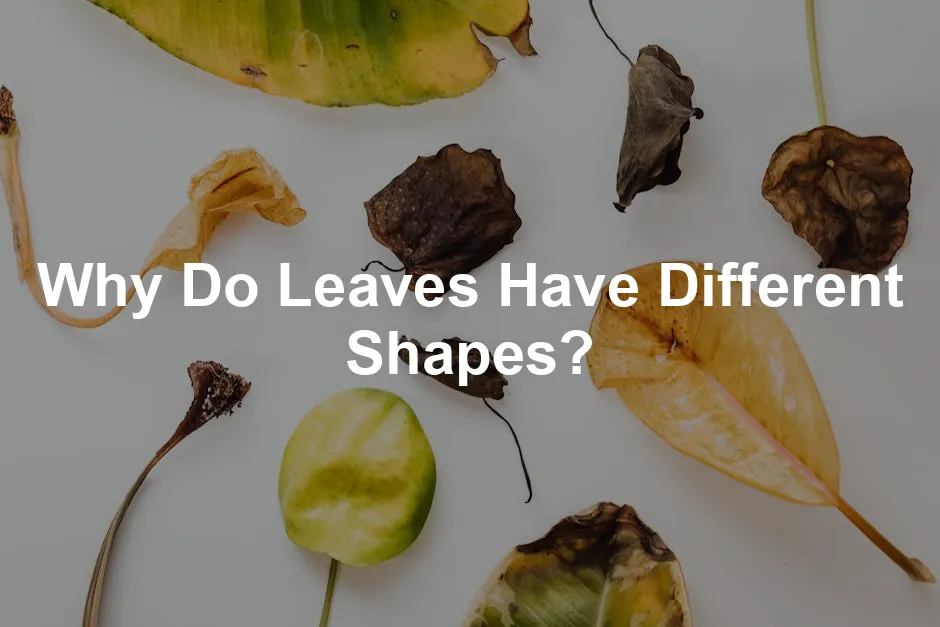
Why Do Leaves Have Different Shapes?
Introduction
In the world of botany, leaves are not just green structures; they are marvels of adaptation and evolution. With a plethora of shapes and sizes, leaves serve as the primary sites for photosynthesis, water regulation, and gas exchange. This blog post will explore the reasons behind the diverse shapes of leaves, examining various ecological, evolutionary, and environmental factors that contribute to this fascinating variety.
Leaves range from broad and flat to slender and needle-like. This diversity isn’t just for show; it’s a survival strategy. For instance, broad leaves maximize sunlight absorption in shady environments, while needle-like leaves minimize water loss in arid climates. The shape of a leaf can also reflect its environment, with adaptations that help plants thrive.
Consider the iconic Monstera Deliciosa Plant. Its large, perforated leaves are designed to capture sunlight while allowing wind to pass through, reducing the risk of damage. Similarly, the poignant shapes of cacti leaves help conserve water, demonstrating nature’s ingenuity.
In essence, leaf shape is a dynamic expression of a plant’s response to its surroundings. Each variation tells a story of adaptation, with the primary goal of ensuring survival and thriving in diverse ecosystems. So, next time you admire a tree or a flower, remember the intricate dance of evolution that shaped its leaves!
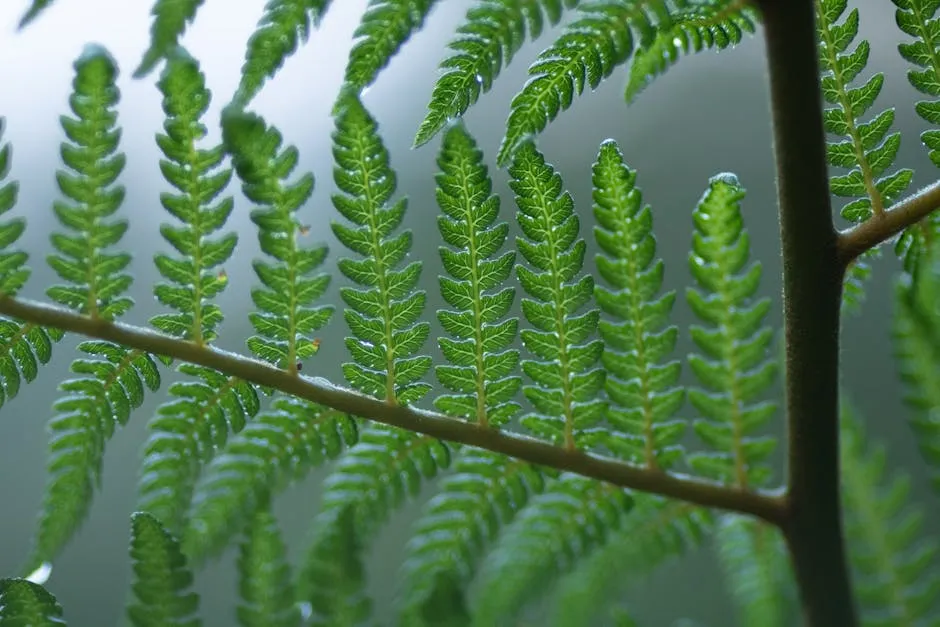
Factors Influencing Leaf Shape
Abiotic Factors
Light Availability
Plants are like sunbathers, soaking up rays to thrive. Light availability plays a pivotal role in determining leaf size and shape. Those sun-loving plants, like many tropical species, flaunt broad and flat leaves. Why? They need to capture as much sunlight as possible! More leaf surface means more chloroplasts and, ultimately, more energy for growth.
On the flip side, shade-loving plants tend to have larger leaves with fewer lobes. These leafy giants bask in the limited light that filters through the canopy. Think of it as a race: the wider the leaf, the better the chance of winning the sunlight lottery. Plants in low-light environments maximize their chances by expanding their leaf area.
But wait, there’s more! Some plants adapt to high-light environments by sporting smaller, thinner leaves. These petite beauties can curl or roll to avoid excessive light. Just like wearing sunglasses at the beach, their shape helps prevent sunburn—well, leafburn, to be precise.
Water Accessibility
Water is the lifeblood of plants, shaping their very existence. In areas with plentiful water, leaves can afford to be broad and lush. But in arid regions, plants pull a fast one! They adopt smaller, thicker leaves to conserve moisture. Enter the Cacti Assorted Variety Pack, nature’s water storage unit. These hardy plants boast fleshy leaves designed to hold onto every precious drop.
Take cacti, for instance. Their needle-like leaves minimize water loss through transpiration. This adaptation is crucial for survival in desert climates. They’ve mastered the art of looking good while being efficient. Nature’s multitaskers, if you will!
Then there are drip tips—those cute little pointed ends found on some tropical leaves. They help shed excess water, preventing fungal infections. It’s like having a built-in umbrella. So, whether it’s thick, fleshy, or pointed, leaf shapes tell a story of water accessibility and adaptation.
Temperature and Wind
Temperature is a game-changer for leaf shape and size. In cooler climates, small leaves are the stars of the show, boasting a lower surface area-to-volume ratio. This helps minimize heat loss. Meanwhile, in windy conditions, leaves might develop fragmented shapes to aid heat dissipation. It’s all about staying cool under pressure!
Consider the sassafras tree. Its leaves morph based on exposure—rounded in shady spots and lobed in the open. This clever strategy helps the tree regulate temperature and maximize photosynthesis. And let’s not forget those leaves that curl up in windy environments. They’re like the introverts of the plant world, finding ways to avoid confrontation with the elements.
In summary, leaf shapes are not just random designs; they are strategic adaptations to light, water, temperature, and wind. Each variation is a clever solution that ensures plant survival in diverse environments. So when you look at a leaf, give it a nod of appreciation for its hard work in the great plant race!
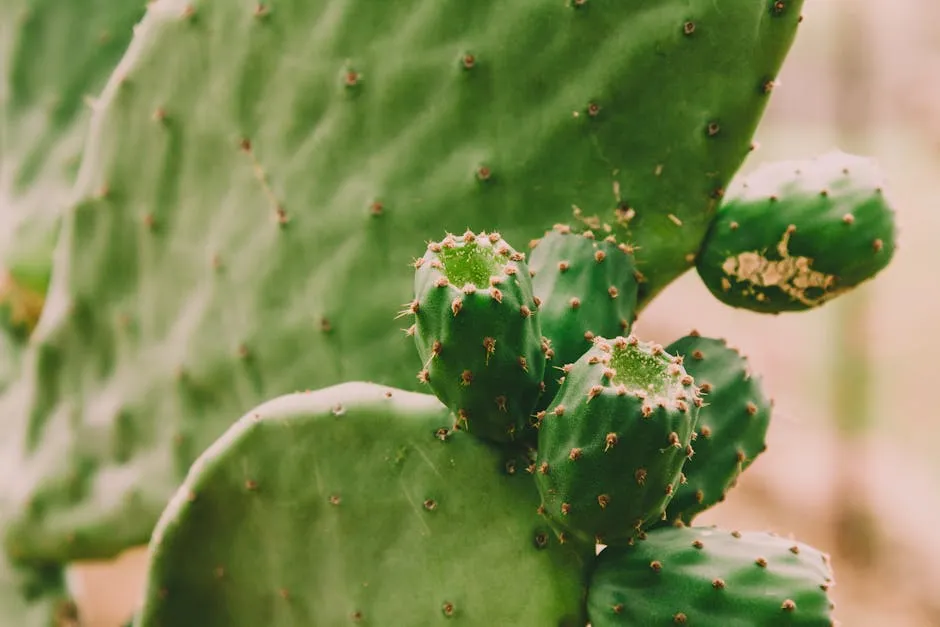
Evolutionary Perspectives on Leaf Shape
Genetic Influences
Leaf shape is no mere accident; it’s a complex dance of genetics! Specific genes play starring roles in determining how leaves look and function. Two key players in this botanical drama are the KNOX and YABBY genes.
The KNOX gene family is crucial for leaf initiation. These genes help maintain the identity of stem cells in the leaf primordia. When KNOX genes are repressed, leaf formation kicks into gear. It’s like flipping a switch; one moment there’s nothing, and the next, a beautiful green structure emerges.
Then there’s the YABBY gene family, which contributes to leaf outgrowth. These genes help define the leaf’s adaxial (top) and abaxial (bottom) surfaces. With their help, leaves can develop intricate shapes, from the simple to the complex.
Research has shown that variations in these genes can lead to remarkable differences in leaf morphology. For instance, slight genetic mutations can transform a smooth leaf into a lobed one. This adaptability is vital, as leaves must respond to their environments while efficiently capturing sunlight.
In essence, leaf shape is a product of evolutionary pressures and genetic factors, showcasing the intricate balance of nature’s design. It’s fascinating how a few genes can create a stunning variety of leaf forms, each suited to its unique ecological niche.
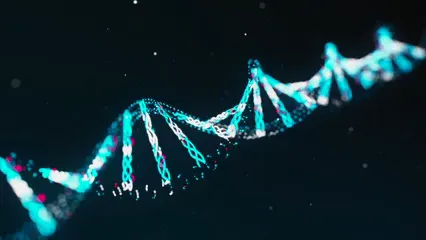
Evolutionary Trade-offs
When it comes to leaf design, trade-offs are the name of the game! Plants often face conflicting demands that shape their leaf structures. For example, a broad leaf maximizes sunlight capture, but it also risks overheating.
In cooler regions, plants like oaks have evolved lobed leaves. These lobes increase surface area for photosynthesis while helping to cool the leaf. In contrast, in arid environments, plants like conifers have adopted needle-like leaves. This shape minimizes water loss while still allowing photosynthesis to occur.
Another example involves tropical plants such as Monstera. Their uniquely perforated leaves allow them to capture sunlight efficiently while letting wind pass through. This clever design reduces the risk of leaf damage during storms.
Trade-offs in leaf shape reflect the evolutionary pressures that different plants face. Each leaf type is a testament to nature’s problem-solving abilities, balancing efficiency with survival. As plants navigate their unique environments, their leaf shapes evolve in response to these trade-offs, showcasing the endless creativity of evolution.

Conclusion
In summary, the diversity of leaf shapes is a remarkable reflection of evolutionary biology, environmental factors, and ecological dynamics. Each leaf tells a unique story, shaped by its surroundings and the survival strategies it employs. Broad leaves capture sunlight in dense forests, while needle-like ones endure the harsh sun of deserts.
This variation isn’t just for aesthetics; it’s essential for plant survival. For instance, lobed leaves can efficiently cool the plant while maximizing photosynthesis. Smooth leaves, on the other hand, often found in arid climates, minimize water loss.
Understanding why leaves have different shapes enriches our knowledge of plant biology. It highlights the intricate relationships within ecosystems, where each plant plays a vital role. As we continue to study these adaptations, we gain insight into the resilience and ingenuity of nature. So, the next time you glance at a tree, take a moment to appreciate the complexities behind its leaf shape. Nature is not just beautiful; it’s a masterclass in survival!
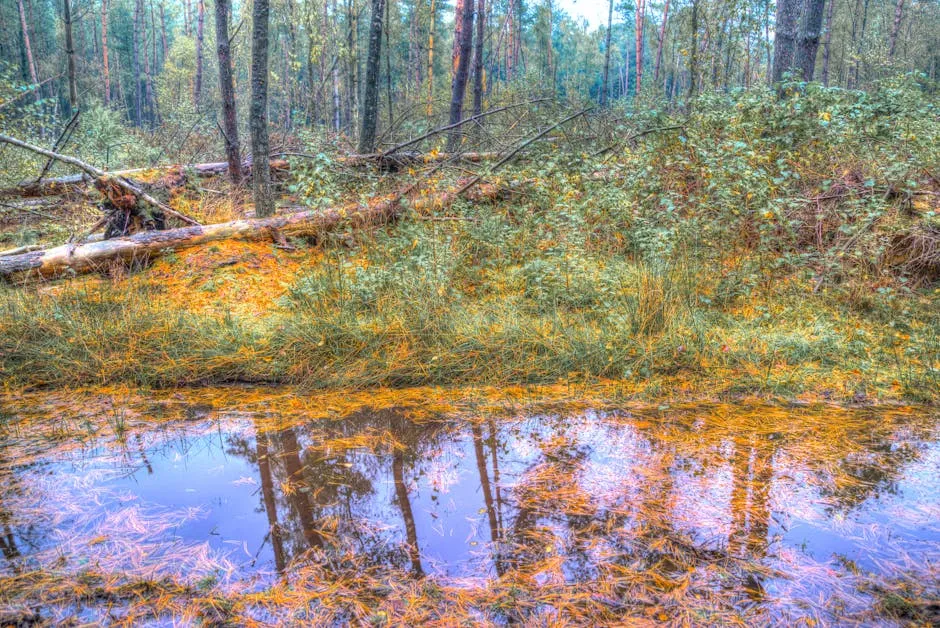
The Diversity of Leaf Shapes and Their Functions
Leaves come in all shapes and sizes, like a botanical fashion show! From flat paddles of the South American monstera to the tiny, round bobbles of the African string-of-beads plant, leaf diversity is truly astounding. But what’s the point of this variety? It all boils down to the primary role of leaves: harvesting sunlight for photosynthesis. This process converts carbon dioxide and water into glucose and oxygen, keeping our planet alive and kicking.
So, why do some leaves look like they just stepped off a runway, while others are more understated? It’s all about efficiency! Leaf structure significantly impacts photosynthesis. Larger leaves can pack in more chloroplasts, soaking up more sunlight. However, bigger isn’t always better. In cooler climates, larger leaves may lose heat faster, putting them at risk. It’s a constant balancing act between maximizing nutrient absorption and minimizing heat loss.
Take a leaf from the oak tree’s book. Its lobed leaves offer a unique solution to the heat problem. The lobes increase surface area for photosynthesis while allowing the plant to cool down effectively. On the contrary, conifers like pines have adopted needle-like leaves. These slender structures minimize water loss and are perfect for their dry, windy locations.
But wait, there’s more! Some plants, like tropical species, flaunt broad leaves to capture every last ray of sunlight. Those that thrive in the shade often have larger, fewer-lobed leaves, maximizing their chances of winning the light lottery. Meanwhile, desert-dwellers, like Succulent Plant Care Book, show off thick, fleshy leaves designed for water conservation.
In essence, leaves are the ultimate survival tools, showcasing the plant’s adaptability to its environment. Each shape tells a story of evolution and ecological demands, proving that when it comes to leaf design, there’s no one-size-fits-all. So, next time you admire a leaf, remember—it’s not just a pretty face; it’s a masterpiece of adaptation!
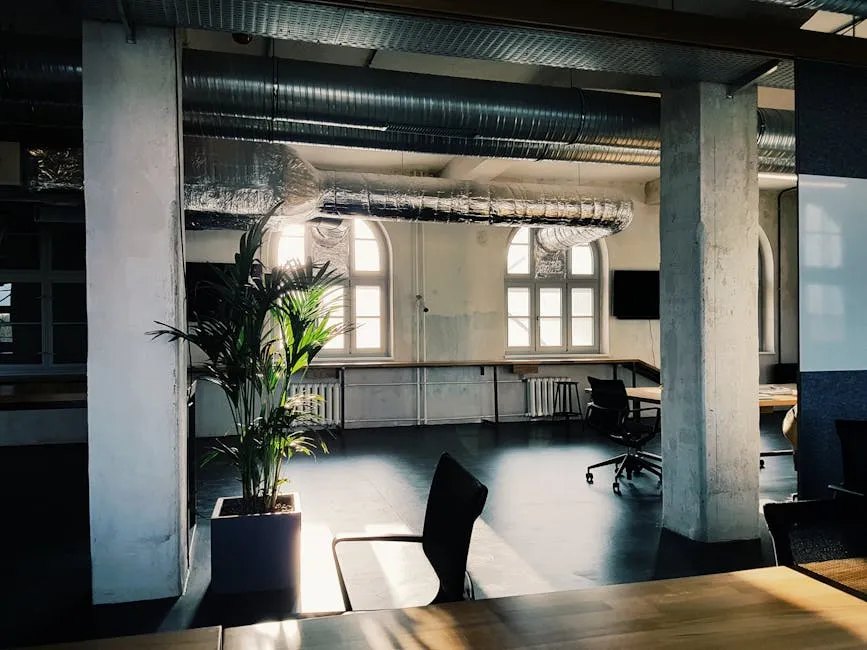
Photosynthesis and Leaf Shape
Did you know that a leaf’s shape can make or break its photosynthesis game? Indeed! Leaf shape and size play a vital role in how efficiently a plant can perform this life-sustaining process. Broad leaves are like solar panels, soaking up as much sunlight as possible. Plants in shady environments, like the tropical rainforest, often sport these flat surfaces to maximize light absorption.
On the flip side, plants in arid conditions have adapted with narrower leaves or even needles. This clever design reduces water loss, ensuring survival in harsh climates. Think of needle-like leaves as nature’s way of saying, “Less is more!” These shapes are a survival strategy, ingeniously crafted to combat the stress of heat and dryness.
For example, the iconic Eucalyptus Essential Oil is famous for its long, slender leaves. These leaves not only minimize water loss but also allow the tree to thrive in Australia’s sun-drenched environment. Meanwhile, plants like the buttercup excel with broad leaves, capturing every glimmer of sunshine in shady meadows.
Ultimately, the shape of a leaf can significantly influence its photosynthesis efficiency. Each design reflects the plant’s unique adaptations to its habitat. So, the next time you sip a refreshing drink, consider the leafy wonders that helped make it possible!
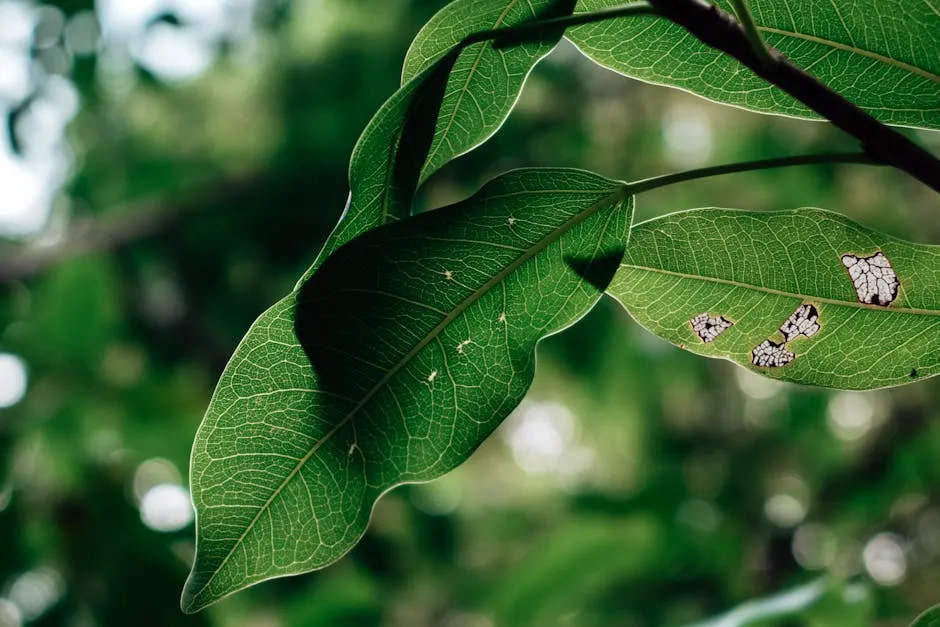
Please let us know what you think about our content by leaving a comment down below!
Thank you for reading till here 🙂
If you’re looking to take your plant care to the next level, consider adding a LED Grow Light for Indoor Plants to your setup. These lights are perfect for ensuring your plants get the right amount of light, even when the sun plays hide and seek!
And if you’re a fan of DIY, check out the Terrarium Kit to create your own mini indoor garden! It’s a fun project that adds a splash of green to your space.
Don’t forget to keep track of your plant care with a Plant Care Journal. It’s the perfect way to document your plant’s growth and health over time!
All images from Pexels




